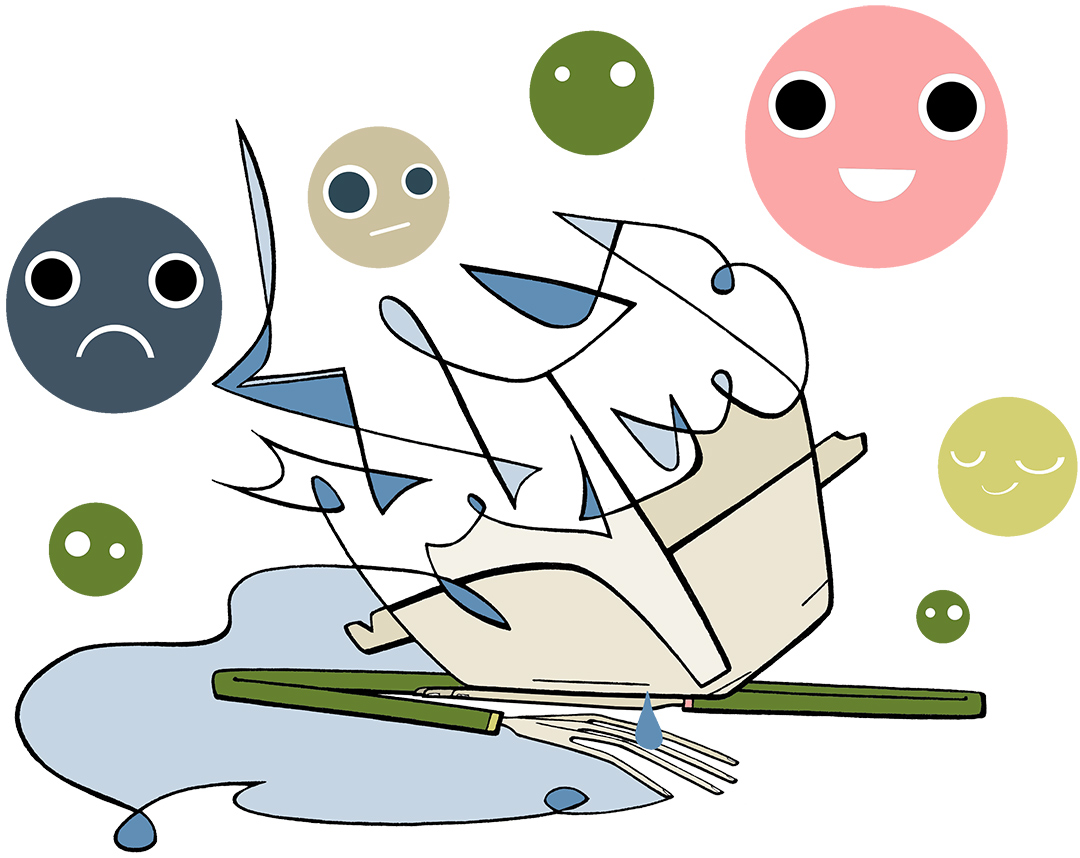What is TRT?
Teaching Recovery Techniques (TRT) is a suite of interventions for traumatised children which can be used by both specialists and non-specialists – so it can used by teachers, community leaders or aid workers in frontline situations where clinical care is unavailable. It is quick to learn, accessible to all and inexpensive to apply.
It was developed by child psychologists working in conflict and humanitarian situations worldwide from the 1990s onwards, and documented in 2001 by our sister agency, the Children and War Foundation. The key authors were Patrick Smith, Atle Dyregrov and William Yule.

A TRT session with children in Khmelnytskyi, eastern Ukraine.
How does TRT work?
Typically, the children attend a short series of group sessions with TRT-trained adults, where they learn techniques for processing and coping with past experiences, reducing their harmful effects, and so lessening their long-term trauma.
The focus is practical – for example, on how to deal with triggers such as sounds that revive difficult memories. The aim is to help them build mental resilience and wellbeing, restart their childhoods and grow into thriving adults.
The sooner a damaged child can receive this help, the better for their future. So our aim is to reach as many children as we can, as quickly as possible, after a catastrophic event.
To do this we use a cascade model of training in TRT. We directly train a cohort of adults who are involved in providing care for the children – and then they go on to train others in how to use TRT. The result is a widening circle of care, multiplying the number of people who can intervene directly with the children.
To give some examples: in Ukraine, we have trained colleagues at an organisation based in Lviv, who have then trained hundreds of professionals and laypeople every month, reaching thousands of children affected by the war; and in Northern Ireland, we have trained a network of local service providers who are helping children that have been traumatically bereaved.

How you can access TRT
If you are involved in an emergency or humanitarian situation and need immediate assistance, please contact us here.
We run short training courses online, typically for two to three days, which enable you to start using TRT yourself or cascading it to colleagues. You can book training here.
We can also create tailor-made training for your organisation’s particular requirements. You can contact us about this here.
We also have a suite of TRT manuals, which can be downloaded for free here. We strongly recommend that you do so after attending a training session.
Clinical aspects
TRT is an evidence-based group intervention developed by world experts in childhood trauma which can be delivered by appropriate adults without a background in mental health. It uses trauma-focussed cognitive behaviour therapy techniques to help reduce traumatic reactions in groups of children exposed to events such as wars and disasters and gives children better coping strategies.
TRT is not therapy. It has been developed for use with groups of children, not with youngsters individually. By helping children to develop better coping strategies, it can reduce the need for more specialist intervention later on. However, some children may still need further help.
TRT has been evaluated and found effective when delivered as intended. There have been no reports of retraumatisation when delivered appropriately, and all people attending our training are given access to simple measures to help evaluate youngsters and make informed decisions on children entering the groups.
Studies of TRT were included in the evidence base for NICE Guidelines on Post Traumatic Stress Disorder (NG116) which recommends considering group trauma-focused CBT for children and young people after a large scale shared trauma (1.6.8).
A scholarly account of the creation of TRT and its context in humanitarian situations can be read here. This was first published in the European Journal of Psychotraumatology in 2013.
A case study of the effectiveness of TRT in Ukraine following the Russian invasion of 2022 can be read here. This was first published in the Journal of Affective Disorders in 2024.
In emergency and conflict settings, we recommend that TRT is used as part of a co-ordinated response according to the Inter Agency Standing Committee (IASC) guidelines on MHPSS in Emergency Settings and the MHPSS Minimum Service Package.
You can make a difference
Our mission is to help children overcome the trauma of wars and other disasters.
You can support this life-changing work by making a donation or raising funds.


